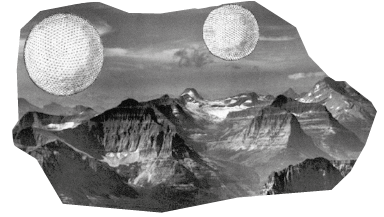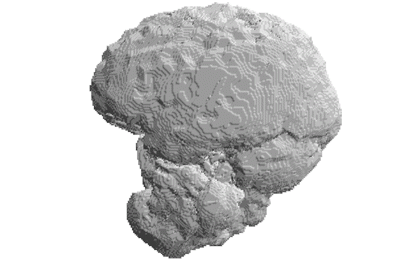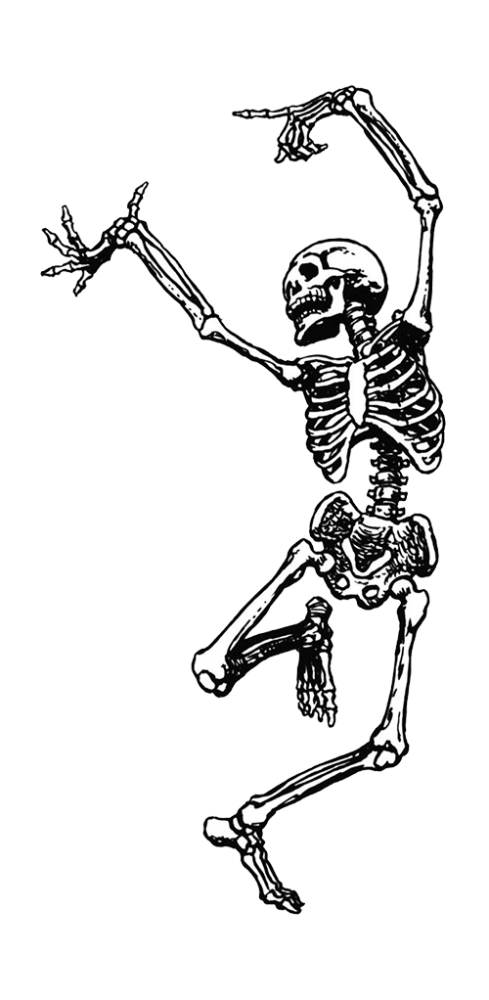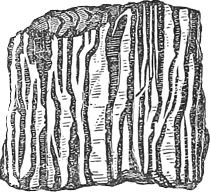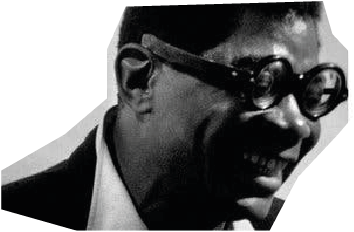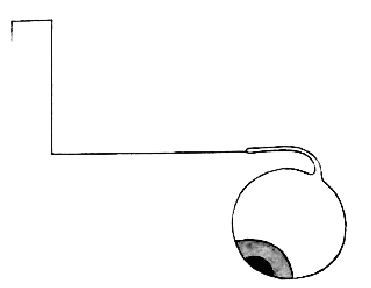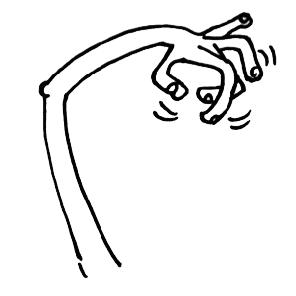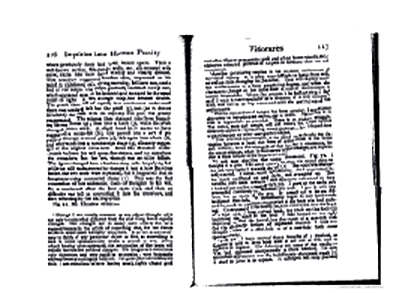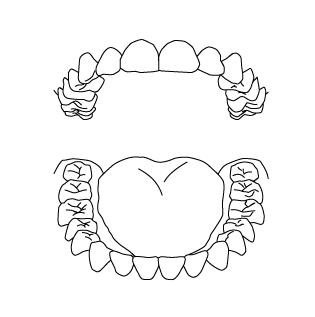Tambourine Workshop & Performance: Breogán Xague, Ai-A-la-la-Ai-A-la-lae. Serán_1
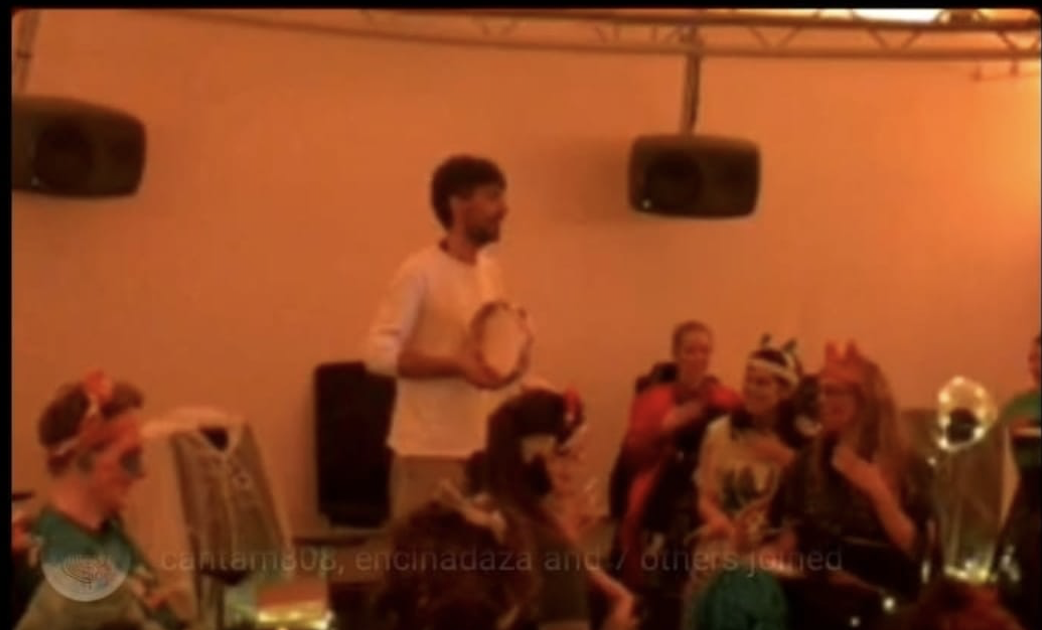
Breogán Xague
Ai-A-la-la-Ai-A-la-lae. Serán_1
Tambourine Workshop & Performance
The role of popular music of oral transmission in Galiza is key to the permanence of a minoritized language. For this, the lyrics survive on the basis of couplets related to the trades of the place, to its daily life. Learning them I discovered that in their reproduction and transmission in local festivities these couplets were joined together to make one common song, based on a rhythm that united them, even though the lyrics might not have a common narrative. Between couplets, which in terms of content are studied in an autonomous way, we sing a more abstract and melodic lyric that varies depending on the rhythm of the song. They act as a link that made it easier to transmit the content of that place in its own tongue, even during years in which the festivities in which they were reproduced were forbidden. In this workshop, I propose to test their transmission value by teaching three types of these songs by focusing on these more abstract links. For that, we will use different surfaces of our bodies to just find low and high sounds that can follow the rhythm lead by a tambourine-
1_pasodoble: Ai- a- la- la- ra- la- la- la / Ai- a- la- la- ra- la- la- la /
Ai- a- la- la- ra- la- la- la / Ai- a- la- la- ra- la- la- la- la/
2_xota: Ai- a- la- la- Ai- a- la- la
3_muinehira: Ai- a- la- la/ Ai- a- la- lae
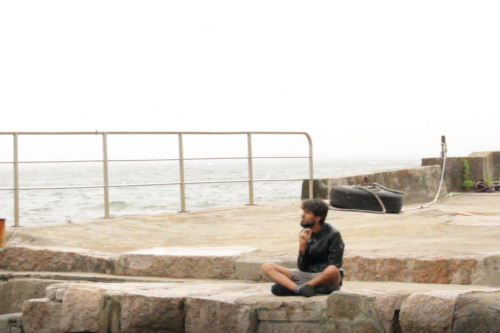
Breogán Xague (Vigo, 1999) is a Galician artist currently based in Stockholm,
studying the Master in Fri Konst at the Royal Institute of Art (KKH).
His work usually studies how the landscape plays an essential role in the construction of
Galician national identity and by what different mechanisms it is represented or transmitted.
In this process, there is a context related to the feedback and tension produced between a
minoritized culture and tongue (Galician) and a hegemonic one (Spanish). In the end, the
same issue is always in the background: How different images of the same place are
constructed depending on the position of the system which inhabits them. For that, it is necessary to explore their transmission within a peripheric community, through music and language.



